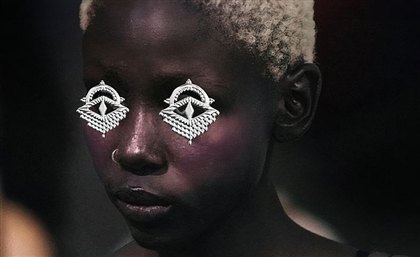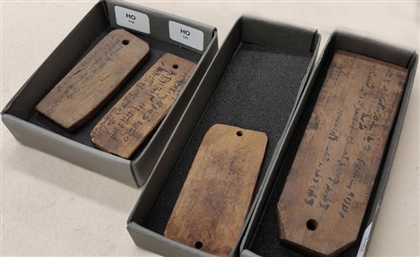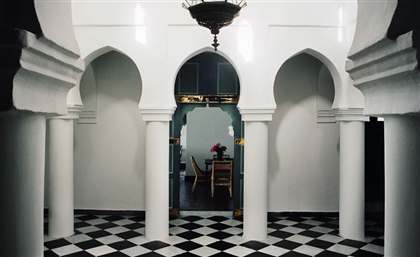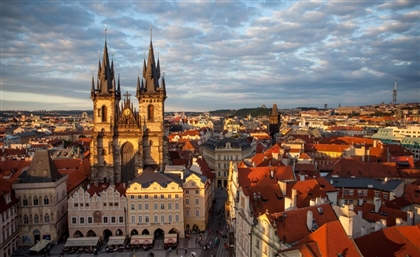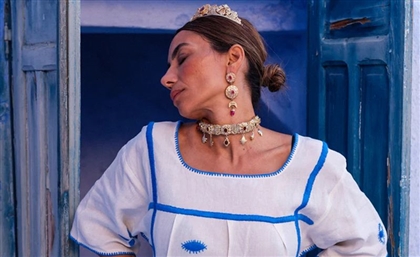Tattooed Mummies Identified at Deir el-Medina Site
Archaeologist Anne Austin announced the discovery of tattoos on seven different mummies at the Deir el-Medina site.
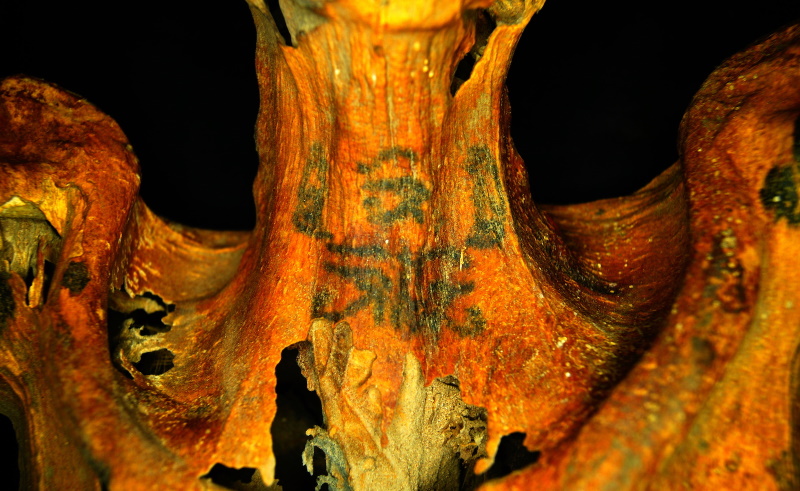
Infrared photography has revealed tattoos on seven mummies from the Deir el-Medina site, according to archaeologist Anne Austin of the University of Missouri-St. Louis. She recently spoke about the findings in this year's American Schools of Oriental Research meeting on November 22nd.
The tattooed mummies date back 3,000 years. Deir el-Medina is known to have housed artisans and craftspeople who worked on the nearby Valley of the Kings and the Valley of the Queens.
"It’s quite magical to be working in an ancient tomb and suddenly see tattoos on a mummified person using infrared photography," Austin said. The infrared technology allowed archeologists on site to quickly find these tattoos, which have raised new questions about the role of them in Ancient Egyptian society.
Before the discovery at Deir el-Medina, only six Ancient Egyptian mummies had been found with tattoos. Most of those mummies were young females, with tattoos of floral patterns or cows associated with the goddess Hathor, which suggested that they may have been inked to indicate their fertility or sexuality.
The seven mummies from Deir el-Medina, which are all female, had extensive tattoos that were never seen before. One mummy wore over 30 tattoos, including cross-shaped designs on her arms. Another mummy had a protective human eye on the back of her neck. Austin suggested that these tattoos may be spiritual in nature, and that the mummies found at Deir el-Medina might have been priestesses.
We believe that suggestion has some weight behind it. The modern tattooing process already hurts, so it's easy to imagine that it must have been excruciating in Ancient times. It's likely that these tattoos held an important meaning to the women who chose to endure the pain and, in doing so, immortalise their bodies that way for millennia to come.
Trending This Week
-
Apr 23, 2024




